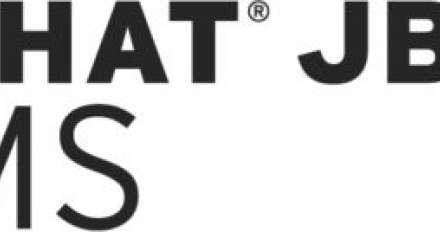
Article
Towards Faster Ruby Hash Tables
Hash tables are an important part of dynamic programming languages. They are widely used because of their flexibility, and their performance is important for the overall performance of numerous programs. Ruby is not an exception. In brief, Ruby hash tables provide the following API: insert an element with given key if it is not yet on the table or update the element value if it is on the table delete an element with given key from the table get the...









